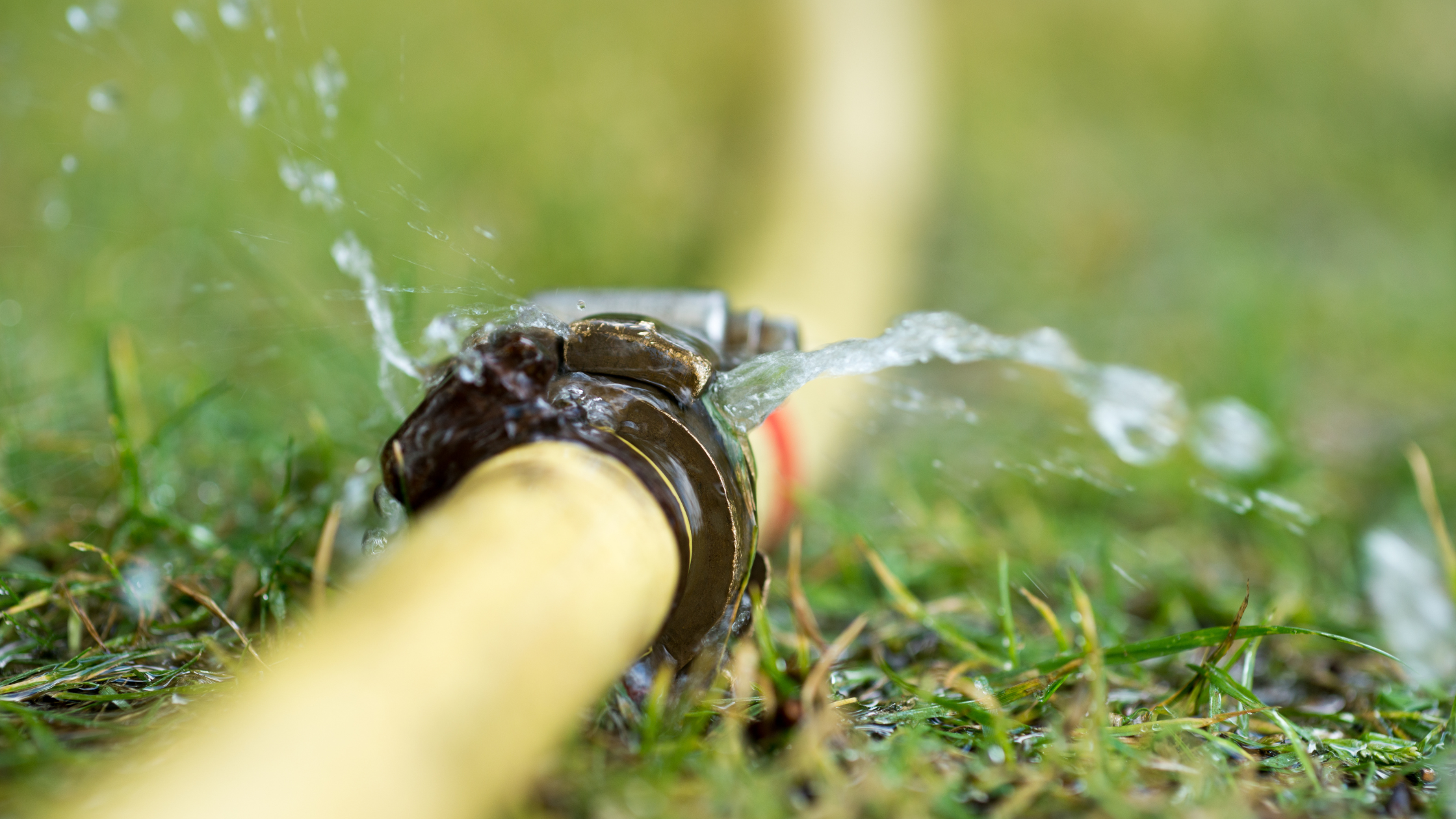In developing countries, roughly 45 million cubic meters of water are lost daily, with an economic value of over US$3 billion per year.
A World Bank study puts the global estimate of physical water losses at 32 billion cubic meters each year, half of which occurs in developing countries. Water utilities suffer from the huge financial costs of treating and pumping water only to see it leak back into the ground and the lost revenues from water that could have otherwise been sold. If the water losses in developing countries could be halved, the saved water would be enough to supply around 90 million people.
We refer to it as non-revenue water (NRW), or water that is pumped and then lost or unaccounted for.
The need to manage NRW better and protect precious water resources has become increasingly important. Non-revenue water (NRW) management allows utilities to expand and improve service, enhance financial performance, make cities more attractive, increase climate resilience and reduce energy consumption.
In a water-constrained environment, NRW management often offers superior cost-effectiveness compared to supply augmentation. At the same time, revenues from saved water improve a service provider's bottom line whilst lower water abstraction increases city resilience.
But the benefits that arise from reducing NRW are yet to become driving forces behind tackling this endemic challenge in developing countries. Despite the benefits and decades of training and advocacy from international and industry organizations, NRW reduction still receives scant attention amongst those utilities which would most benefit from it – why is that?
Reasons for utilities not making progress include weak capacity, lack of incentives, poor financial discipline, and the effort required to find and fix leaks compared to building new treatment facilities. This has created a lethargy that is now being shaken by pressures coming from climate change, water scarcity, and increasing expectations of consumers.
Conclusions
What can be done to stem this crisis?
Remote monitoring of field assets, with data transmitted to utilities via cellular data, helps utilities make better decisions and forward planning. Leakages can easily be detected through noise loggers integrated into, for example, ground-level surface boxes. The loggers react to the sound of leaking water and enable operators to set in exactly when and where needed.
By using the technique of district metering areas, it is also possible to measure and manage water pressure in the different areas of the water supply network. Download some info and learn more about edge devices.



